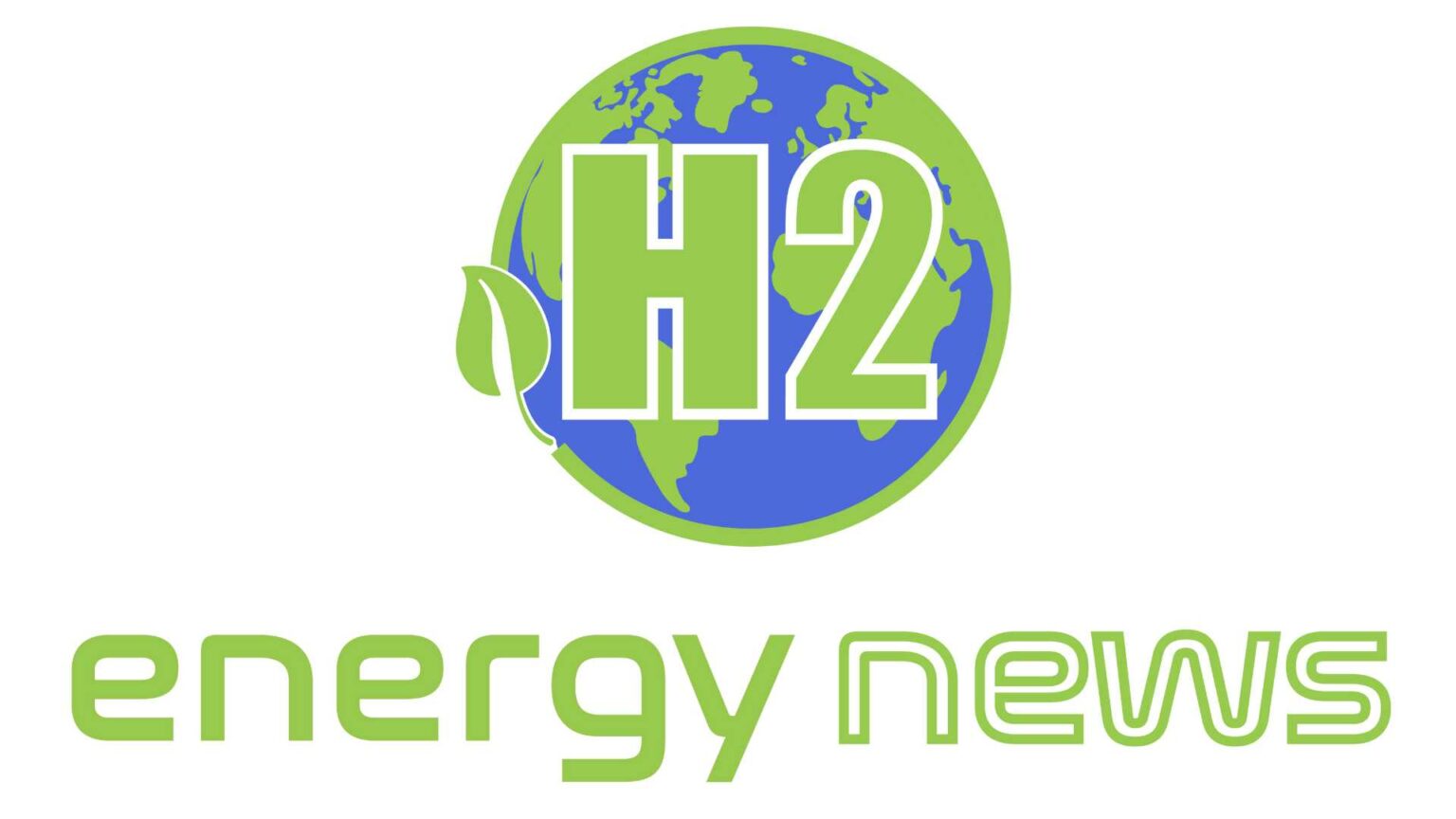Melbourne-based engineers have increased the production of green hydrogen by 14 times using electrolysis of water.
They claim that their creation offers a promising method to access a ready supply of inexpensive hydrogen fuel for use in transportation and other industries, which might significantly lower carbon emissions and aid in the fight against climate change.
The team was able to “separate and conquer” individual water molecules during electrolysis in order to liberate 14 times more hydrogen than they could have using conventional electrolysis methods.
With the help of two electrodes and electricity, water molecules are split into oxygen and hydrogen gases, which are visible as bubbles. Due to the enormous energy needed, this process only yields a small amount of hydrogen that is produced globally.
The majority of hydrogen, or “blue hydrogen,” is created by splitting natural gas, which releases greenhouse gases into the atmosphere.
The project’s principal investigator, Associate Professor Amgad Rezk of RMIT University, said the team’s breakthrough addresses significant obstacles to the production of green hydrogen.
According to Rezk from RMIT’s School of Engineering, “one of the major obstacles of electrolysis is the high cost of electrode materials utilized, such as platinum or iridium.”
It is no longer necessary to employ costly electrodes made of platinum or iridium or corrosive electrolytes in order to extract hydrogen from water thanks to sound waves.
We may utilize considerably less expensive electrode materials, such as silver because water is not a corrosive electrolyte.
Rezk claimed that the use of inexpensive electrode materials and the avoidance of using electrolytes that are very corrosive were game-changers for reducing the price of manufacturing green hydrogen.
Published in Advanced Energy Materials is the research. To safeguard the novel technique, a provisional patent application has been submitted in Australia.
Yemima Ehrnst, the first author, noted that the sound waves also avoided the formation of hydrogen and oxygen bubbles on the electrodes, substantially enhancing their conductivity and stability.
According to Ehrnst, a Ph.D. researcher from RMIT’s School of Engineering, “Electrode materials used in electrolysis suffer from hydrogen and oxygen gas build-up, generating a gas layer that decreases the electrodes’ activity and drastically reduces their effectiveness.”
The team assessed the amount of hydrogen created during electrolysis both with and without sound waves coming from the electrical output as part of their tests.
For a given input voltage, “the electrical output of the electrolysis with sound waves was around 14 times larger than the electrical output of the electrolysis without them. This amounted to the amount of hydrogen generated, according to Ehrnst.
The efforts of the team’s potential users
Distinguished The team’s success, according to Professor Leslie Yeo, one of the lead senior researchers, opened the door to adopting this new acoustic platform for additional applications, particularly those where bubble build-up on the electrodes proved problematic.
According to Yeo from RMIT’s School of Engineering, “our ability to prevent bubble build-up on the electrodes and swiftly eliminate them using high-frequency vibrations constitutes a big gain for electrode conductivity and stability.”
With this approach, we might be able to increase conversion efficiency and achieve net energy savings of 27%.
Next actions
Despite the breakthrough’s promise, scaling up the effort will need the team to overcome integration difficulties with the sound-wave innovation and current electrolyzers.
We are eager to work with business partners to advance and supplement their current electrolyzer technology and incorporate it into their existing systems and processes, Yeo said.





